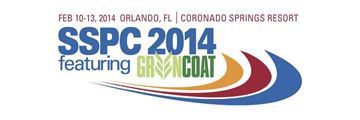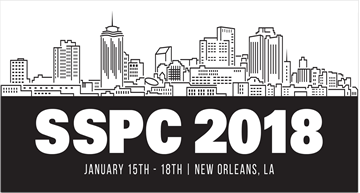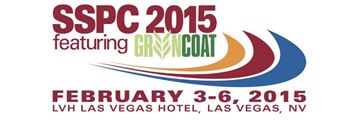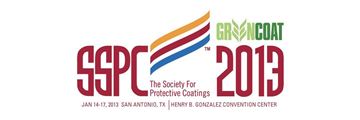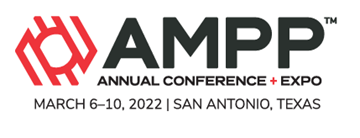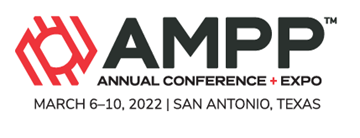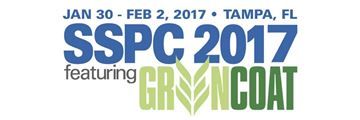Search
Products tagged with 'bridge'
View as
Sort by
Display
per page
Spot Painting as a Bridge Preservation Tool
Product Number:
41214-835-SG
Publication Date:
2014
$20.00
SR 292 Over Perdido Keys – Challenges to Field Metalizing of Steel Superstructure
Product Number:
51218-143-SG
Publication Date:
2018
$20.00
The Color of History: When the Brooklyn Bridge is Your Canvas
Product Number:
41215-937-SG
Publication Date:
2015
$20.00
The Evaluation and Use of OAP Coatings for KYTC Bridge Maintenance Painting
Product Number:
41213-806-SG
Publication Date:
2013
$20.00
The NEPCOAT Story- Bridge Paint Selection In The North East
Product Number:
51322-17834-SG
Publication Date:
2022
$20.00
The Susceptibility of Prestressing Strands Within Grouted Post-Tensioned Tendons to Hydrogen Embrittlement: A Review
Product Number:
51321-16869-SG
Publication Date:
2021
$20.00
Thirty Days to Coat a Bridge - How a Contractor met a Short Deadline, Reduced Project Coasts Through Energy-Efficient Air Treatment Equipment
Product Number:
41209-518-SG
Publication Date:
2009
$20.00
Time Tested Performance of Bridge Coatings
Product Number:
41206-260-SG
Publication Date:
2006
$20.00
Two-Coat Polyaspartic Urethane Coatings Protect Virginia Steel Bridges for Over a Decade
Product Number:
41216-994-SG
Publication Date:
2016
$20.00
UP Periscope: Hunting for the Scope of Work
Product Number:
51217-044-SG
Publication Date:
2017
$20.00
Update on Mitigation of Mic Steel in A Marine Environment with Coatings
Product Number:
51219-209-SG
Publication Date:
2019
$20.00

